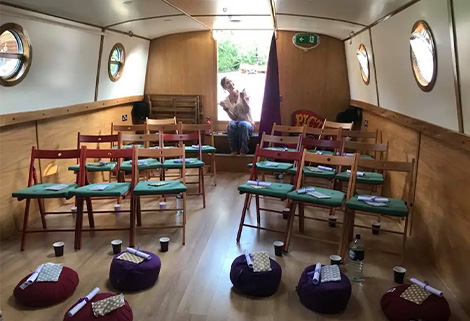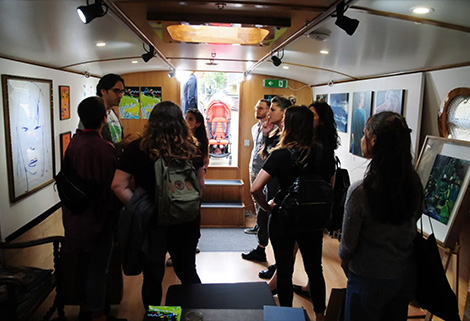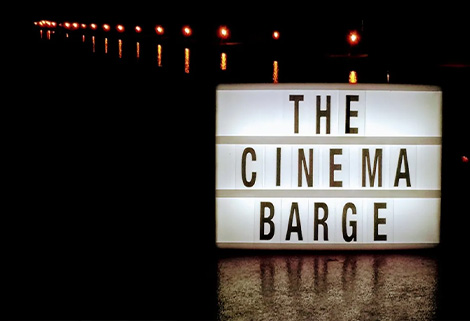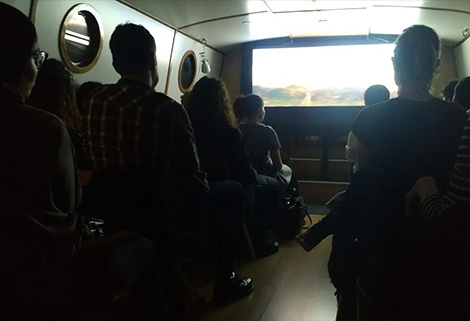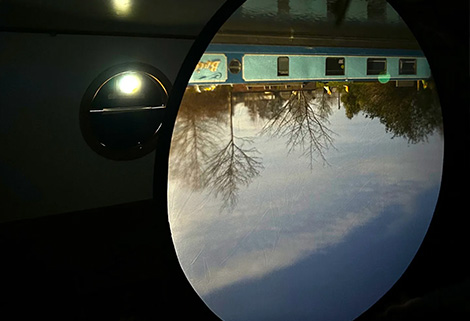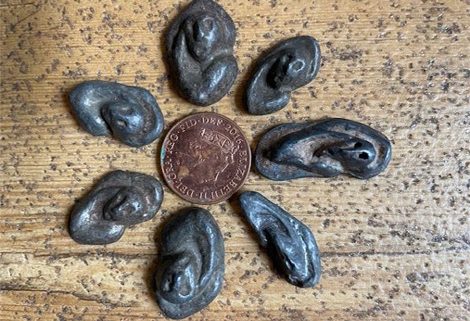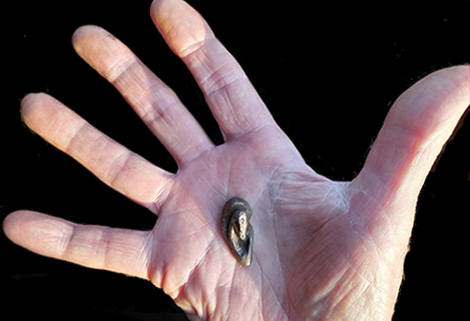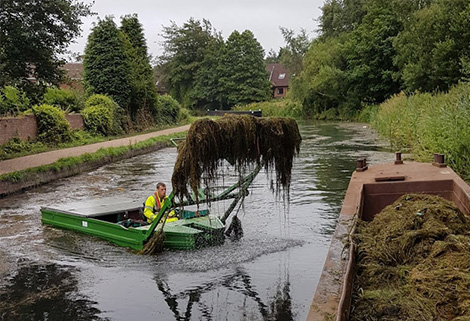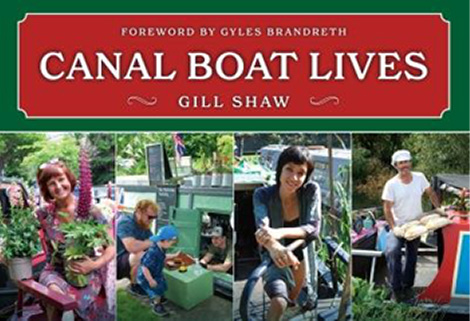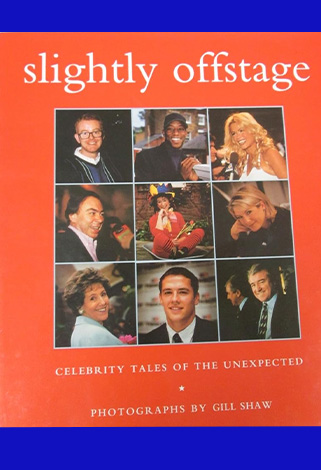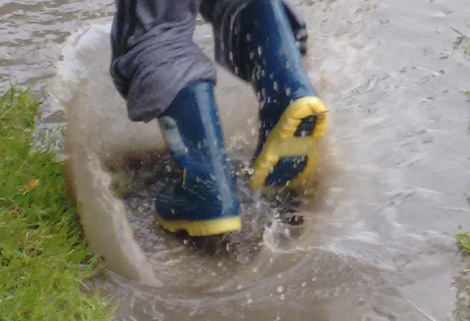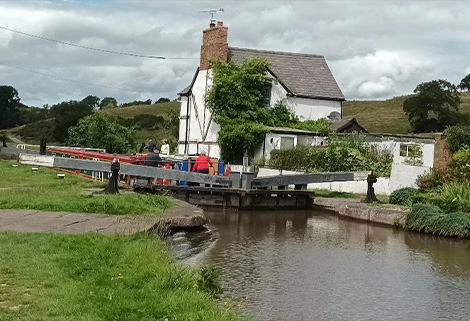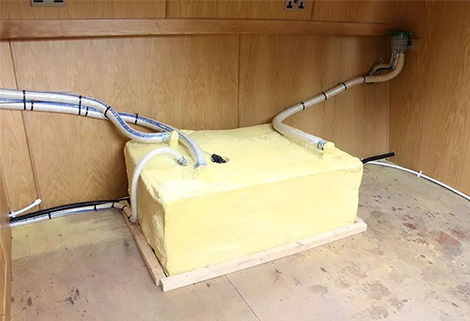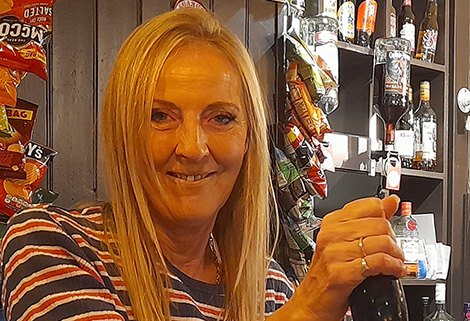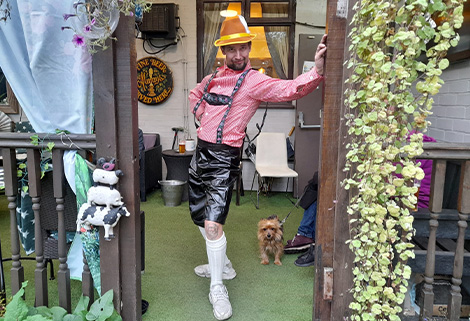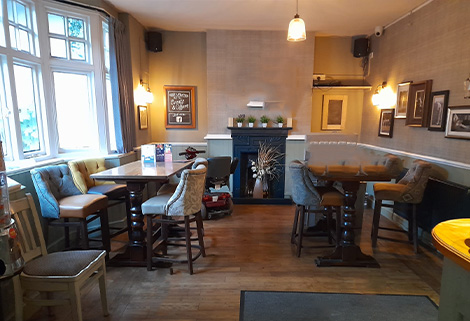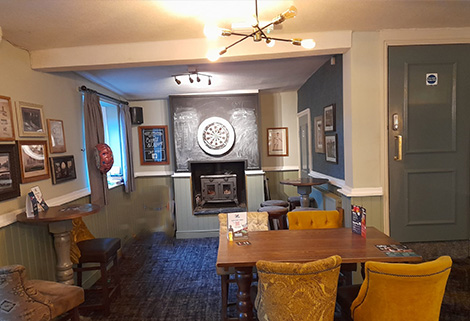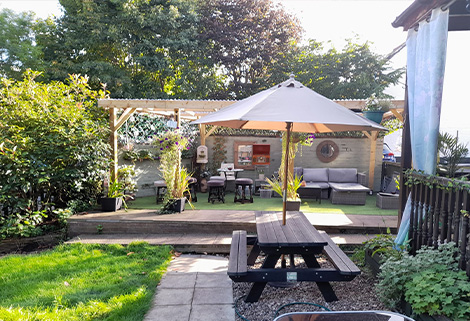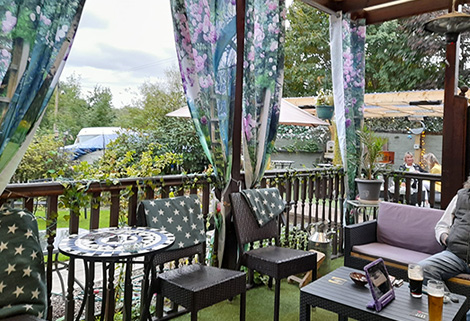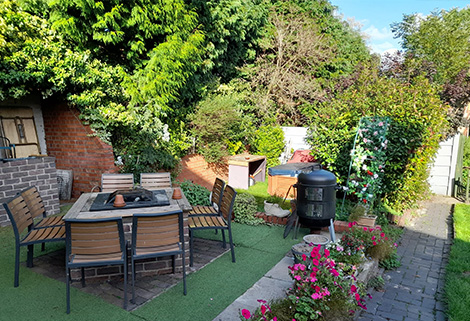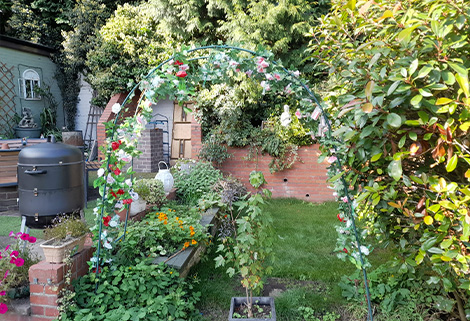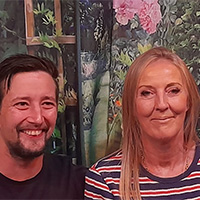featured author of the season - spring 2024
paul robert watson
How it all came about is a little hazy. At some point, I must have agreed to the idea of a narrow boat holiday. Certainly, I was not the prime motivator and red wine was probably involved.
So it was that I found myself in a darkened room watching an instruction video on the basics of boat handling, how to negotiate a lock, mooring a vessel and the like.
That was Easter fourteen years ago at Market Harborough, then the base for hire company Canal Times, With me were my wife, Sue, and daughter, Rosie, her friend, Hannah, and her mum and dad, Linda and Dean.
Although we didn't know it at the time, we were about to embark on a journey that would lead us to travel, if not the length and breadth of the waterway network, then large sections in the north west and Midlands.
We emerged blinking into the daylight, were shown a model of a lock, then ushered aboard Hartley's Best, carrying our gear for a four-night trip. Briefly we were informed of the boat's operation. Push the throttle lever forward to go forward, back to go back; steer left to go right and visa versa. Oh, and reversing is tricky, but you'll get the hang of it. Honestly, to this day, I never really have.
Our instructor rather hastily stepped off at the entrance to the marina and we were left to our own devices.
The secret of happy cruising, at least in the early stages, is that you have to be prepared to leave your dignity on the quayside. Forget about looking nonchalantly professional like a seasoned boater and embrace the laughter you will inevitably hear from the gongoozling crowds, just like I did.
Yes, I was the first to get wet, left clinging to a top rail while my feet dangled in the water. Why did the girls draw the blind as my face appeared outside the kitchen window? All I could hear was the sound of embarrassed chortles.
A swing bridge? All right, we can manage that. But who's getting off to operate it? The sequence, so blindingly simple, had to be worked out for our first effort.
Turning for the first time was also a challenge and the bottom of Foxton Locks is hardly the ideal place to learn. After a display of cringeworthy ineptitude, we managed to moor.
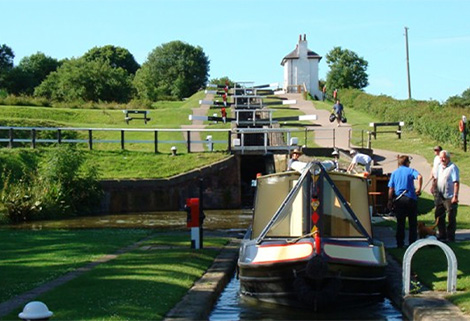 Even for experienced boaters, Foxton can be the cause for some head-scratching. Long, steep, with staircase locks, your readers will be all too familiar with the scenario. We read the instructions and, with the aid of the lock-keepers on duty, we made it to the top. It felt as though we had scaled Everest, such was the sense of achievement.
Even for experienced boaters, Foxton can be the cause for some head-scratching. Long, steep, with staircase locks, your readers will be all too familiar with the scenario. We read the instructions and, with the aid of the lock-keepers on duty, we made it to the top. It felt as though we had scaled Everest, such was the sense of achievement.
On we cruised. With no locks, this was easy. Through Husbands Bosworth tunnel, then a stride across the fields to the White Hart, all the while becoming more enamoured with this boating life.
A better executed turn and an excursion to Welford on the way home provided the crew with greater confidence and Foxton was negotiated without incident. After good food and drink at the Black Horse, we returned to Harborough.
The trip, as they say, had seemed like a good idea at the time. And it really was.
Within six months we had become shareholders in Sometimes, an Ownerships vessel. You'll be familiar with that particular sorry tale but the syndicate survived without incurring too many losses, unlike some less fortunate.
I had become a committed boater rather than an accidental one.
So why not employ some of the experiences, sights sounds and scenes in a story that I had long hoped to write?
And that's how Cut to the Chase became a reality.
the book
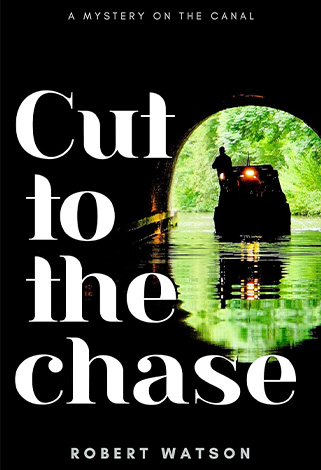 Cut to the Chase, some of which is set on the canal network, is available as an e-book from the Kindle store.
Cut to the Chase, some of which is set on the canal network, is available as an e-book from the Kindle store.
It is an adventure story, in which the main character, John Clubb, finds himself at the centre of a web of police corruption and drug-running.
Part of the story is based in and around Braunston and the tunnel, of which I have personal experience, having been a canal boat owner for the last 13 or so years.
The basic premise is that Clubb is on the run from a gang of drug smugglers and a corrupt policeman. He escapes their attention but is pursued from Scotland to the south east of England and thence to the Midlands.
An ex-policeman himself, he is aided by a former colleague, Brian Digbeth.
He escapes on his old narrow boat, Longfellow, aboard which he attempts - very slowly, naturally - to evade his pursuers. The plot eventually takes him to Scotland, where he is able to assist the police in tracking down the drug-runners and corrupt officers. And, of course, there is a twist in the tale.
The novel is published as an e-book on amazon under the name of Robert Watson and will cost £2.35, although it will be available free for a limited period. A paperback version is planned if reaction is favourable.

Paul Robert Watson considers himself to be a Derby lad, as it was there that he spent his school days. Throughout his adult life, he worked as a journalist, working mainly as a sports journalist and editor.
He is a member of a syndicate which own NB Sometimes, currently moored at King’s Orchard marina, where she has undergone an extensive programme of renovation and repair.
He lives in Egginton, not far from Burton, with his wife Sue. They have a grown-up daughter, Rosie.
The novel is published as an e-book on amazon under the name of Robert Watson and will cost £2.35, although it will be available free for a limited period. A paperback version is planned if reaction is favourable.
Paul is happy for readers to contact him for more information.
Please call him on 01283 736383.

